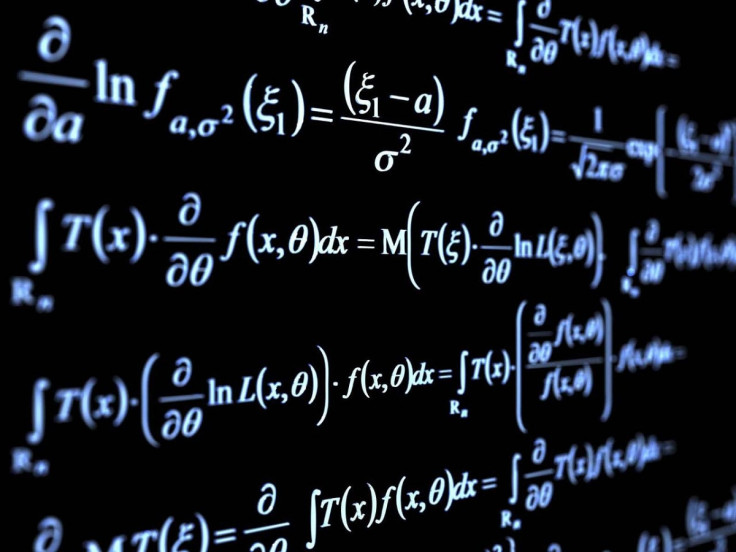New maths formula is first ever 'quantifiable theory of humour'

The secret of comedy is... entropy, at least according to a new study that claims to have quantified humour. Researchers at the University of Alberta, Canada, developed a mathematical method to measure how funny made-up words are, finding that nonsense words are more humorous.
Words with uncommon letter combinations, like 'snunkoople' and 'finglam', proved to offer the most comedic value due to being lower in entropy, meaning they are less predictable than other non-words like 'clester'.
"This really is the first paper that's ever had a quantifiable theory of humour," said Chris Westbury, professor of psychology at the University of Alberta and lead author of the study. "There's quite a small amount of experimental work that's been done on humour. We think that humour is personal, but evolutionary psychologists have talked about humour as being a message-sending device."
Why is nonsense funny?
During the study, participants were asked to compare two made-up words and pick the word that they thought was funnier. The researchers found that using entropy as a measure, they were able to predict which word the test subjects would choose with a high degree of accuracy.
"We did show, for example, that Dr. Seuss -- who makes funny non-words -- made non-words that were predictably lower in entropy. He was intuitively making lower-entropy words when he was making his non-words," said Westbury. "It essentially comes down to the probability of the individual letters. So if you look at a Seuss word like yuzz-a-ma-tuzz and calculate its entropy, you would find it is a low-entropy word because it has improbable letters like z.
"Humour is not one thing. Once you start thinking about it in terms of probability, then you start to understand how we find so many different things funny."
© Copyright IBTimes 2025. All rights reserved.






















